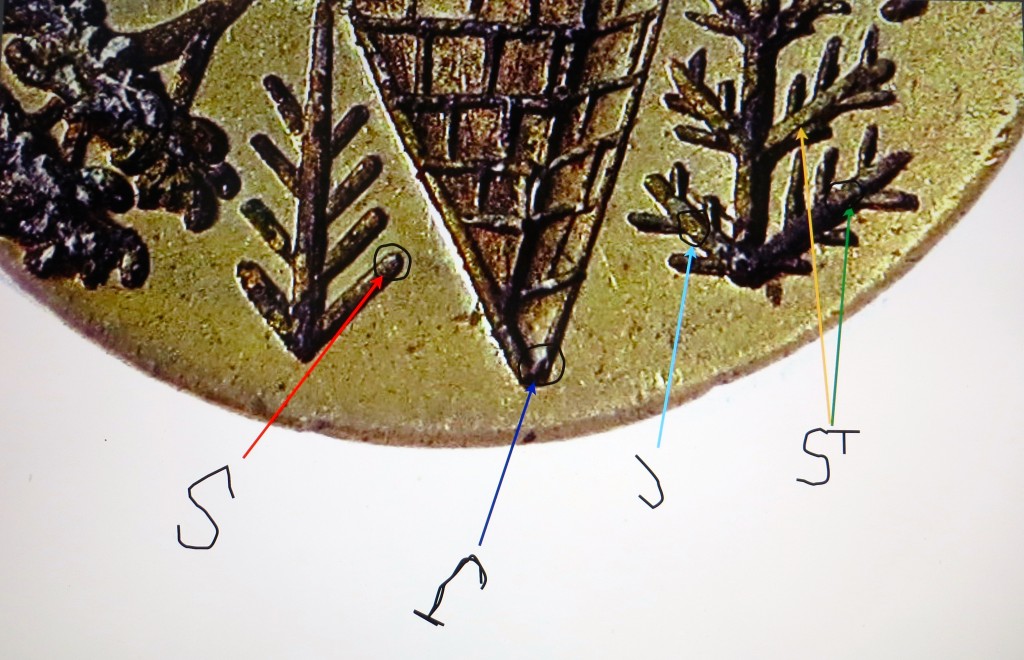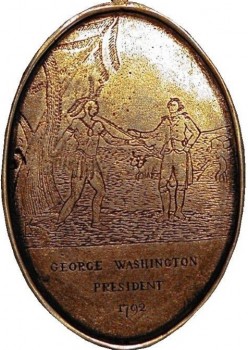The Scottish Pine Tree Symbol
Depicted in American Relics
By
Robert J. Silverstein
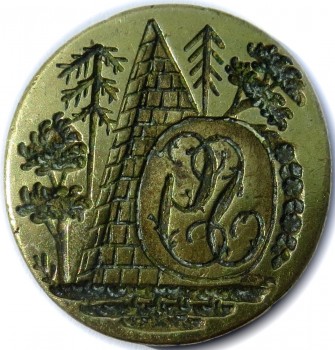
Robert Scot’s Samuel Griffin
1783 Pyramid Seal
Seal Engravers: Robert Scot, Pierre Du Simitiere, James Trenchard & Son, Samuel Allerdice
Symbol Synopsis: The first appearance of the Pine Tree symbol dates back to the Scottish Cathedral of Glasgow in the 1200’s. We see this symbol depicted by the stone masons (Fig. 1).
Figure 1: The Stone Mason Pine Tree Symbol from Glasgow Cathedral Cira. 1200’s

The Turtle or Tortoise was used as a symbol by many ancient cultures throughout the world. One can find religious representations as far back as Ancient Mesopotamia and also the Ancient Egyptians. In Mesopotamia, the turtle symbol was used as a direct representation and association of their God Ea. One can also point to the ancient Sumerian’s story of creationism with the heron and the turtle. In ancient Egypt, the “Shetyw” or Turtle was commonly found depicted on art objects (Fig.2). Their earliest representation and use is the Nile Turtle. It dates as far back as their pre-dynastic times. They used the Nile Turtle as a symbol to represent the qualities that a person should strive for or achieve over a life time. The more mature human qualities like easygoingness, patience, and wisdom are suppose to be looked at as virtues one strives for in life. These traits are represented by the Turtle. The Egyptians also incorporated the turtle virtues into their Art, Religious objects and Amulets. These Amulets or Jewelry was to suppose to emulate a magical spirit significance of protectiveness that would promote a bearers good health or a strong life-force, or simply ward off evil spirits for the bearer. Even the Romans and Greeks used Turtles in their mythologies as symbol representations of higher human virtues that should be reflected in mature educated humans.
Figure 2: The Turtle Head Depicted on Egyptian Wood Carving from the end of the 18th Dynasty, around 1325 BC.
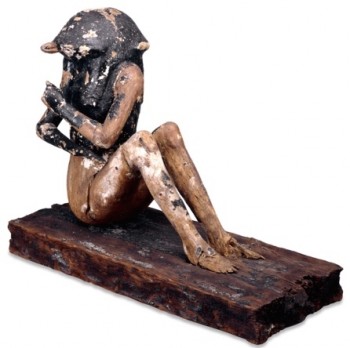
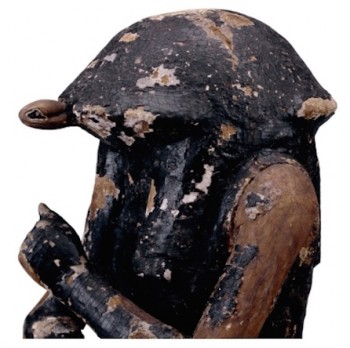
This wooden Tortoise Head figure is from the Royal Tomb in the Valley of the Kings, Thebes, Egypt. Acquired by the British Museum in 1912.
In my study of 18th century American artifacts that depict the Pine Tree or represent the Sea Turtle, we are going to look at the Native American Indians. We know that the American Indians used the “World Turtle” as a symbol in their mythologies and religious practices of Spirit worship. Both the Cheyenne and Mohawk Indians used the Sea Turtles as a way of representing and explaining their beliefs in creationism by emanating it through their Creator Spirits. These Creator Spirits are in essence a reflection of the qualities the Sea Turtle posses. By the Indians valuing these higher qualities in everyday life it allows them to become closer to their Creator Spirit. These higher qualities should reflect the higher stages of evolution and wisdom a person should strive for to be closer to their Creator Spirit. Like many other cultures, the American Indians incorporated their Sea Turtle beliefs into their everyday objects. Not so much as to worship, but act as a reminder for their beliefs and way of life. For example, they would use objects made of tortoise shells for combs to signify the margin between life and death. The one important point I took to note for my topic on Pine Trees, is that according to Native American Indian beliefs, the Cosmic Tree emerges from the spine of the tortoise. So, if you understand the symbology meanings, you can reasonably conclude that the 18th century artisan engravers for Peace Medals used their own Scottish Anglo-European heraldry and combined it togethers with the Native American Indians Creator Spirit beliefs to get ideas for their art depictions.
This is my assertion for the Pine Tree Symbol depicted on the early 1791/2/3 Indian Peace Medals. I believe that Robert Scot and his fellow Philadelphia artisan engravers combined their own heraldry of Scottish Royal Culture with the American Indian Creationism Sea Turtle beliefs. Their use of the Pine Tree symbol ultimately infused the Indian Peace Medal with their recognized authority and heraldry, their by sharing a multi-cultural significance making it palatable with the perceived dominant white Anglo American population. We know that Robert Scot and his artisans were already using the Pine Tree symbol for recognized Royal Scottish Culture authority and heraldry for certain prominent American Aristocratic Citizens. We can see evidence of this in my own Samuel Griffin Capped 13 Step Pyramid Seal. This rare seal was made for Revolutionary War Colonel and prominent member of Congress, Samuel Griffin of Virginia. (Fig 4). This multicultural art provided an avenue for infusing ancient Scottish stone mason heraldry symbol into the Native American Indian World Turtle belief of Creationism. For the Anglo whites the religious recognition of combining the two cultures together provided the Indian Peace Medal with a sanctioned heraldry that encompassed both religious roots of the Native American Indian and Anglo whites. Also, one might take special note to the Oval Shape of the Washington Indian Peace Medals. This shape was purposefully made in admiration and respect of the Native American Indians. This shape could be seen as a reflection of the tortoise shell hereby giving the American Indians a strong representation for the Turtle Spirit they sought if Peace would be sanctioned by their spirits. In conclusion, I see once again Robert Scot and his Philadelphia Artisans infusing American engraved relics with ancient symbols of Scottish Royal Culture to provide heraldry for the future nation as a melting pot of all cultures and religions. That is very important to understand for the non-enlightened eye of where the New Era was going to take our country. (Fig.3).
Figure 3: 1792 Indian Peace Medal Depicting Scottish Stone Mason Pine Tree Symbol.
Washington Peace Medal Photographs Provided by Chis Miller (L) & Dale Hawley (R).
Below are Robert Scot Maker Marks Kindly Highlighted by Dale Hawley.
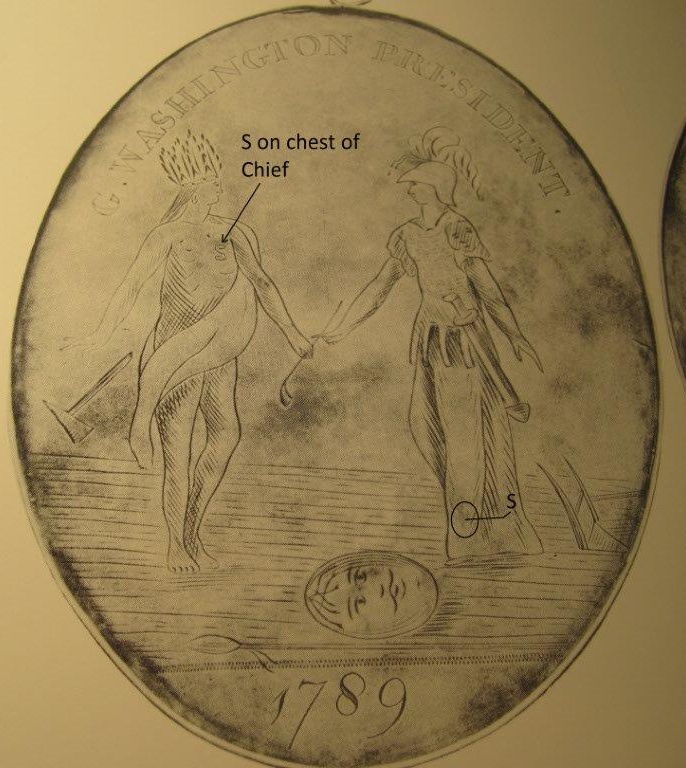
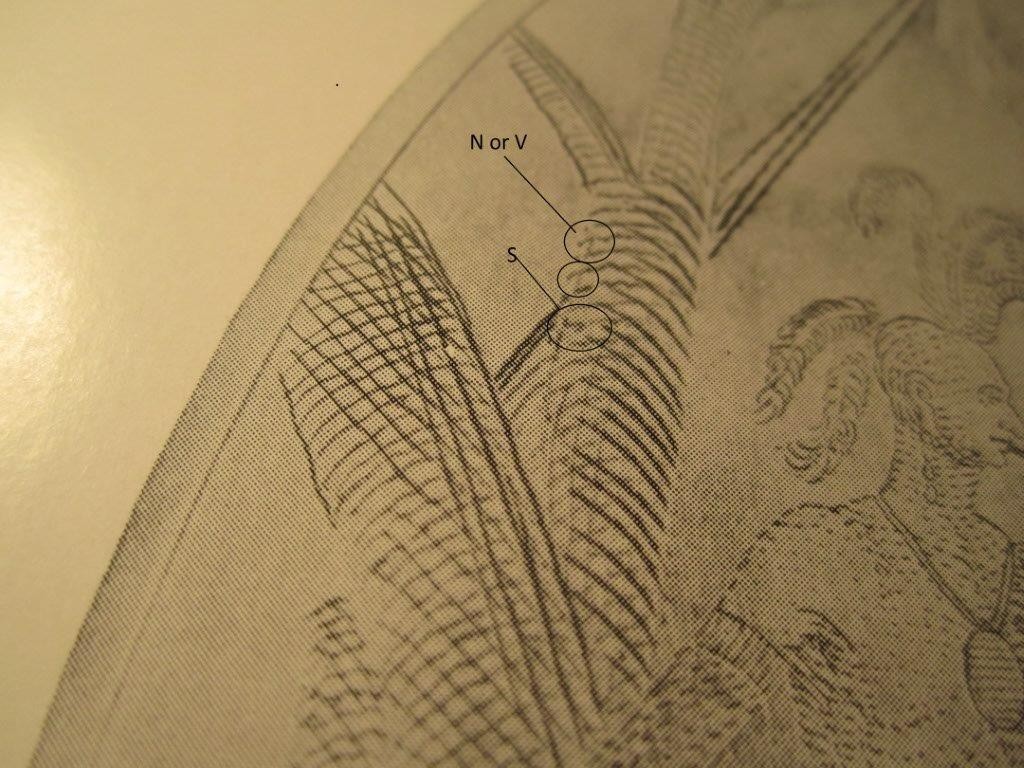
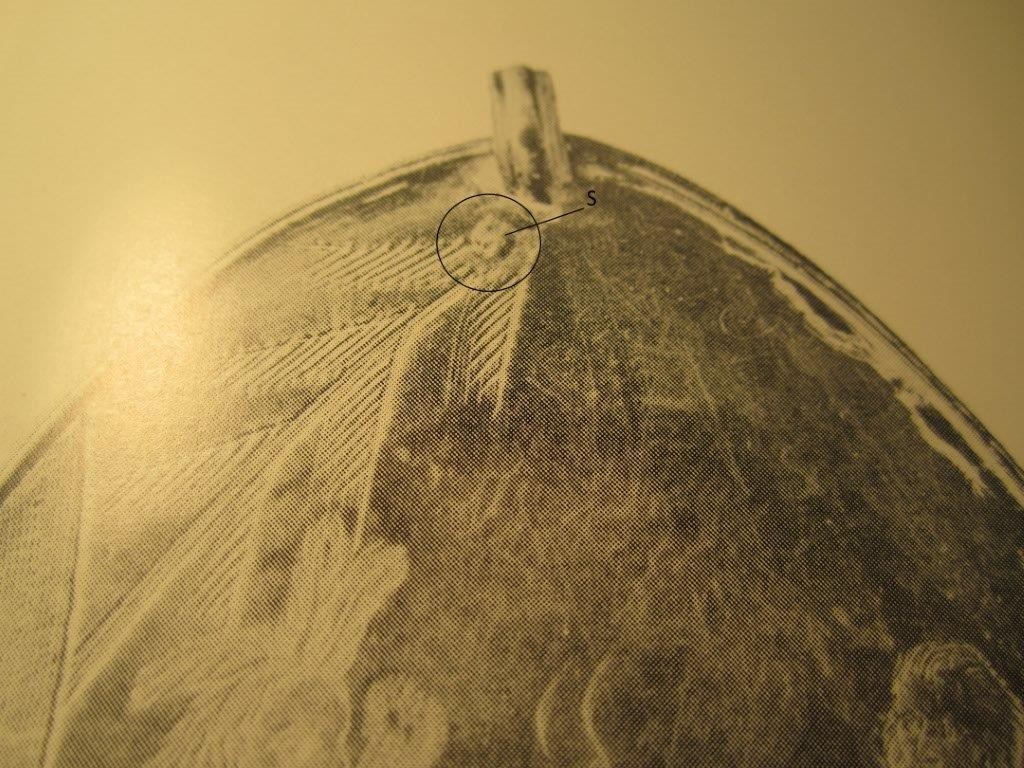
The Revolutionary War Era
13 Step Capped Pyramid Seal
With
Scrolling Snake Art & Pine Trees
*
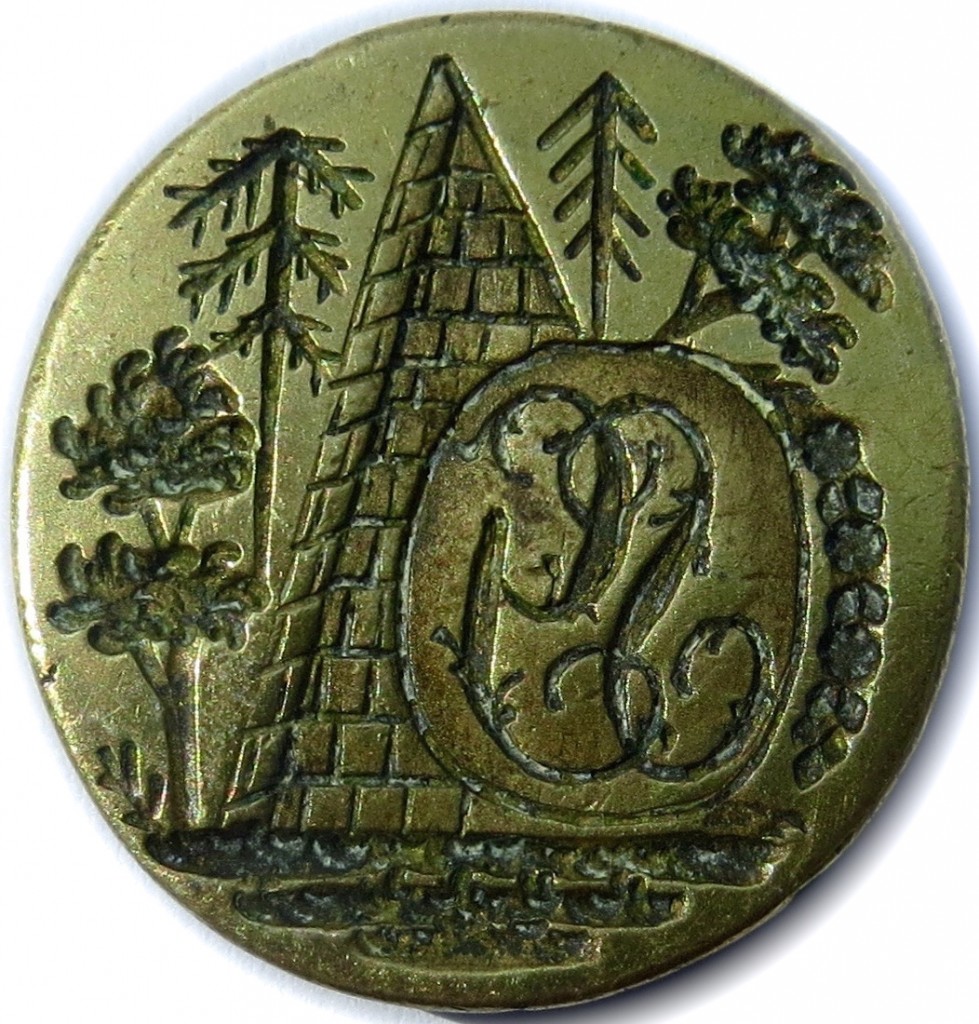
Figure 4: The Samuel Griffin Pyramid Seal. The only Seal known to exist showing a 13 Step Capped Nubian Pyramid by Robert Scot & Pierre Du Simitiere. All government works were non capped. Here we also see the Scottish Pine Tree Glasgow Cathederal along with Scot’s Scrolling snake monogram artwork.
*
Figure 5: Engraver Maker Marks.
